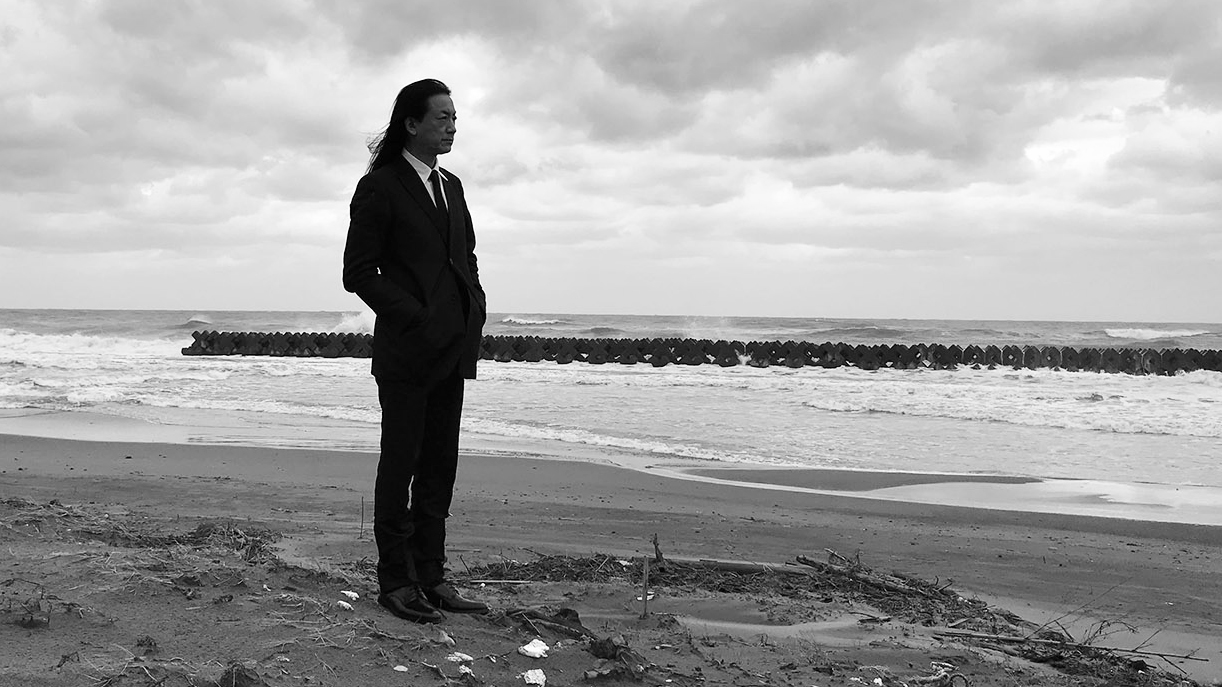A Reflection on Merzbow, Noise and the Physicality of Sound
By Lawrence English
To the best of my knowledge I first heard a recording of Merzbow almost 25 years ago.
During this time, I was a compulsive cassette trader; demos, live recordings, limited editions, old 7”s, import only releases; you name it, there was someone out there who had it, you just had to find them. In the days before the web, music travelled by post and was copied – tape to tape – by an army of curious listeners, underground writers, musicians and fanzine editors, all eager to share the joys and pains that music brought them. During this time, I was publishing a ‘zine and running a small label which had started in high school and, through those activities I’d developed a network of like-minded music obsessives around the world.
As my tastes began to broaden and my willingness to trade for sonic materials I had not a clue about grew, I was ushered into a world of sound, the complexity and depth of which I was categorically unprepared, but I was utterly captivated by it. My exposure to Merzbow was part of the ‘broadening’ and came through a tape that simply read ‘MERZBOW//NOISE’. My best guess now (and I am really just taking a punt here, the cassette is sadly long gone) is that this cassette was the album Venereology, which was released late in 1994 by American metal label Relapse. It was the first Merzbow record to really cut through internationally. Upon its release, this recording unleashed a tsunami of interest in his back catalogue of work, which was already substantive at that point.
Listening to Merzbow’s music for the first time, I was completely bewildered and exhilarated by what was likely the most extreme music I had ever experienced at that point in my life. Even today, putting on a Merzbow record commands a certain focus and determination. This is not a music for the faint hearted. Rather, it is a music to be consumed by in every way imaginable.
Recognised as the King Of Noise, Merzbow is the project of Tokyo based artist Masami Akita. Over the past four decades (Merzbow is 40 this year!), he has unleashed a constant flow of noise documents that have essentially set the benchmark for the contemporary generation of noise musicians. He is responsible for recording in excess of 400 editions. Merzbow’s sonic works are expansive; both in terms of the sheer volume of output and, the sheer volume! Over the course of his work, he has set out an ever-expanding sonic universe that is in a constant state of eruption. It is a continuum of intensity that has moved through many phases, but remains dedicated to a core aesthetic investigation that celebrates extremity at all frequencies, simultaneously.
Nowhere is this more evident that in the live context. In performance, Merzbow’s work becomes completely transcendental (and transgressive). The first encounter I had with Merzbow, and in fact the first time I met him, was in 1997. During the last Faith No More tour of that period, Mike Patton had allegedly signed on under the proviso he could perform alternating nights with Masami Akita as their duo Maldoror. I attended their Brisbane concert and the experience of that night is burned into my memory. There was perhaps 500 people in attendance, within the first five minutes two thirds of the audience were forced to seek acoustic shelter outside the venue; the intensity of the sound was too great. Many of those audience members were likely Faith No More fans who knew little of Patton’s more avant-garde leanings at the time.
I’ve experienced Merzbow on perhaps half a dozen other occasions since that evening. Each performance has been different, but singularly captivating. His performance modes have been varied over the decades; the laptop sets of the early 2000s were differently incisive in terms of their sonics, compared to his analogue-noise based presentations. In 2012, his performance at the Institute Of Modern Art (released last year by Room40 as MONOAkuma) stands out in memory as a performative high point. At the conclusion of what was an utterly physical experience audience members remarked how they felt internally altered by the sounds. This sensation, this internalisation of sound’s energy, is a trademark of Merzbow experienced under the right conditions.
Welcoming Merzbow to Australia for Open Frame is a great honour and pleasure. His work continues to be a critical source of inspiration, power and at times consolation. His music contains so much beauty, so much intensity, so much gravity, as to black out everything and swallow you and all around you. It is a constant reminder that music is a vast universe of possibility and within that universe is matter so dense and heavy as to implode and create a place where pressure only becomes more and more intense. It’s there, in that place that consumes everything around it, that you’ll hear Merzbow.
Noise is the infinity.
Lawrence English is a composer, artist and curator. He is the director of the imprint Room40 and the curator of Open Frame at Carriagworks. Open Frame 2019, 28-29 June.
